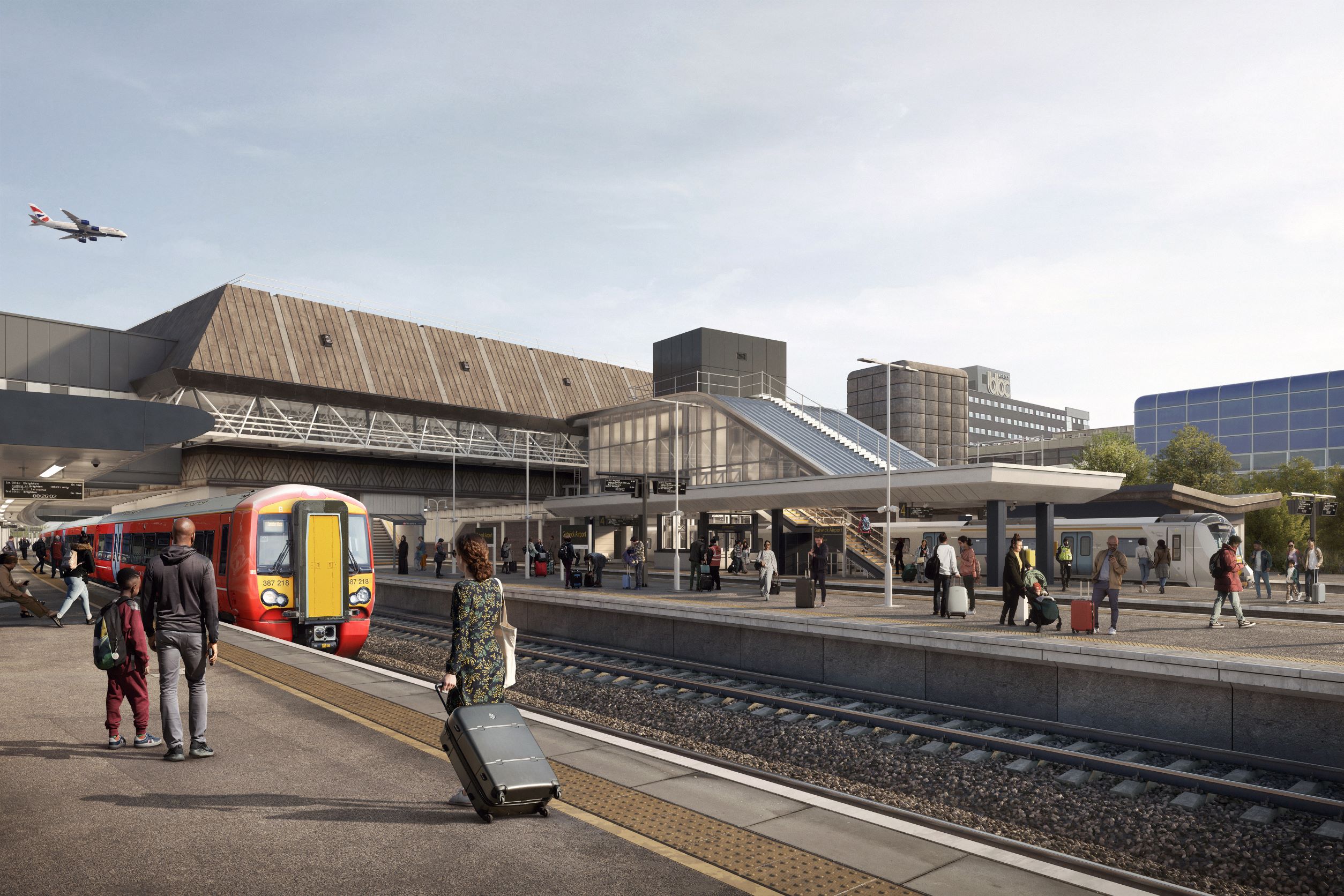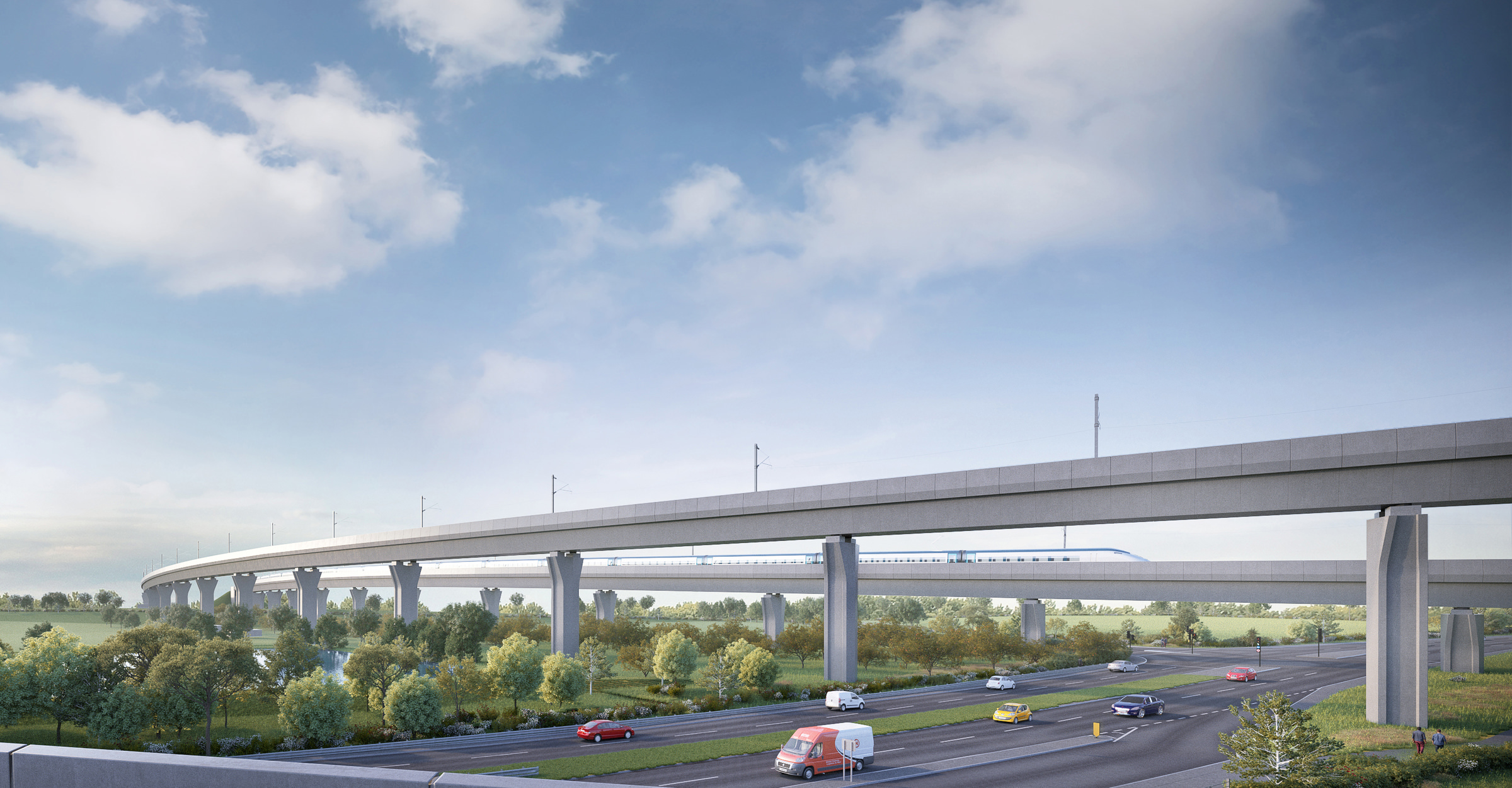Leading engineering and consulting group Systra was established in the 1950s when the engineering parts of the French national railway operator SNCF and Paris metro operator RATP came together to offer their transportation expertise overseas.
Known as Systra Group and specialising in public transport and mobility solutions, it now employs around 9,000 staff and has an operational presence in over 80 countries.
Sixth decade
Like NCE, Systra has newly entered its sixth decade in the UK but has not always been known under that name. Systra UK & Ireland has its roots as far back as the 1960s with the founding of three businesses: AMV, which became MVA Consultancy; JMP; and the British Rail Design Group that became TSP Projects. They were later acquired and became the foundation of Systra UK & Ireland’s core capabilities – transport engineering and planning.
Jump forward to the 1990s and Systra UK & Ireland was a member of the team that successfully designed and engineered the first high speed rail line in the British Isles – High Speed 1 (HS1) – the Channel Tunnel Rail Link. Systra had a founding share in HS1’s engineering delivery partner for design and construction Rail Link Engineering with partners Bechtel, Arup and Halcrow.
Since HS1, Systra has worked on an impressive tally of A-list transport projects including client-side on Crossrail as part of the project delivery partner team for the central section with Bechtel and Jacobs; taking Gatwick Airport Station from feasibility through to construction site support; East Coast Power Supply Upgrade; and a number of projects on High Speed 2 (HS2).
Most recently it has worked on part of the TransPennine Route Upgrade east of Leeds, known as TRUe, as an alliance partner.
For HS2’s Old Oak Common station, the business is part of the joint venture with Balfour Beatty and Vinci managing construction and delivery. For the HS2 main civils works, Systra is in a 50/50 design joint venture with Mott MacDonald providing scheme design for Lots N1 and N2, which
cover Long Itchington Wood Green tunnel to the Delta Junction/Birmingham Spur and the Delta Junction connection with the West Coast Main Line, respectively.
Clearly rail engineering is a core strength, but there is far more depth to Systra. The business has over 100 specialists based in the UK devoted to biodiversity net gain; climate resilience and adaptation; and managing and mitigating environmental and ecological impact on infrastructure projects.
On major road and rail infrastructure projects, Systra’s regulatory and town and country planning specialists, ecologists, landscape architects and flood risk modellers and engineers have tackled everything from ensuring the design of watercourse culverts will help the passage of protected species such as bats and otters to creating new or enhanced habitats.
Diverse skills
Systra’s transport planning and consultancy team consists of behavioural experts, data scientists, economists, market researchers, modellers, planners and urban designers who are driving forward smart new methods and solutions that will meet today’s complex real-world challenges. They regularly advise every level of government; arms-length bodies including Transport for London, Network Rail and National Highways; and many transport operators; on strategic political topics from climate policy to the finer detail on the right way to nudge more people towards using sustainable transport modes.
Interestingly, it was Systra that oil company BP turned to for advice on diversifying its business model given the emerging electric vehicle market.
As another example of its wide-ranging work, the business points to a recently completed a major study for the Department of Transport in Ireland examining potential transport demand management measures in Dublin, Cork, Galway, Limerick and Waterford.
These measures aim to influence and change travel demand patterns and encourage more efficient and sustainable transport use. As part of the study, a range of Transport Demand Management (TDM) measures were examined using insight from international best practice along with national and local stakeholder engagement.
The outputs enabled the department to identify appropriate TDM measures to manage transport demand, improving outcomes including emission reduction, congestion, air quality, and the overall urban environment of the five cities.
The business has also been harnessing data to create clever tools for larger projects for many years. Its CarbonTracker tool has been fine-tuned specifically to influence designers’ thinking when selecting materials and sizing components, and to monitor carbon emissions at each phase of a project. The tool is now being deployed on live projects.
Systra’s research and development ethos has led to the development of ideas from all corners of the business, with its annual “Spark” intrapreneur programme. This encourages innovation within the business, acting as an investment catalyst to turn ideas
into reality.
New safety tool
Most recently, a brand new 3D safety tool called SafebyBIM was developed through the Spark programme. This new web-based tool helps delivery teams working onsite to visualise potential safety hazards, making it simpler to identify and eliminate danger.
SafebyBIM is currently being rolled out across the TRUe project.
Systra UK and Ireland chief executive Nick Salt has grown the business since he joined in 2019. He has ambitions to broaden its UK and Ireland portfolio, but organically and in a way that keeps sight of its established solid and creative reputation.
“As we develop and adapt our business to the world around us, tackling the climate emergency and our addiction to fossil fuels will without a doubt be our top priorities,” says Salt.
We’re focused on creating inspirational places that enhance mobility
With its expertise from strategy and early planning through to delivery and asset management, and a global support network, Salt believes that the business is well positioned to support clients with complex infrastructure problems.
According to Salt, businesses like Systra have an important part to play in tackling the bigger issues.
“The UK and Ireland is one of the most densely populated regions in Europe,” he says. “We live among transportation and infrastructure – surrounded by bricks and mortar and by commercial developments and road and rail networks. The infrastructure defines the way we live, the way we interact with others and the way we think about our world.
“This is the landscape that Systra seeks to change for the better. Taking a sustainable and holistic approach, we’re focused on creating inspirational places that enhance mobility, wellbeing and a sense of belonging.”
- Published in association with Systra
Like what you've read? To receive New Civil Engineer's daily and weekly newsletters click here.
 New Civil Engineer Civil engineering and construction news and jobs from New Civil Engineer
New Civil Engineer Civil engineering and construction news and jobs from New Civil Engineer


Have your say
or a new account to join the discussion.